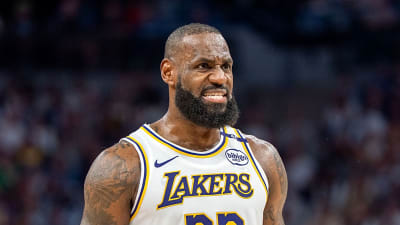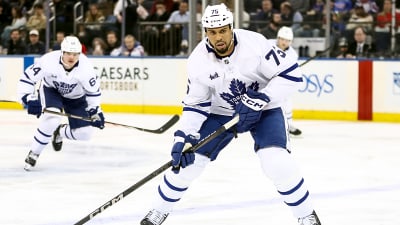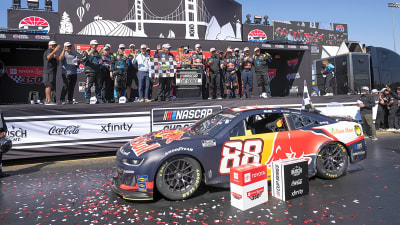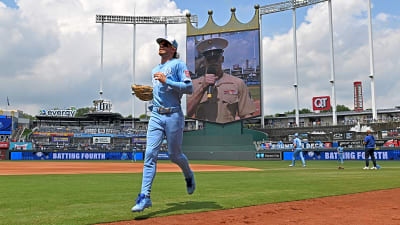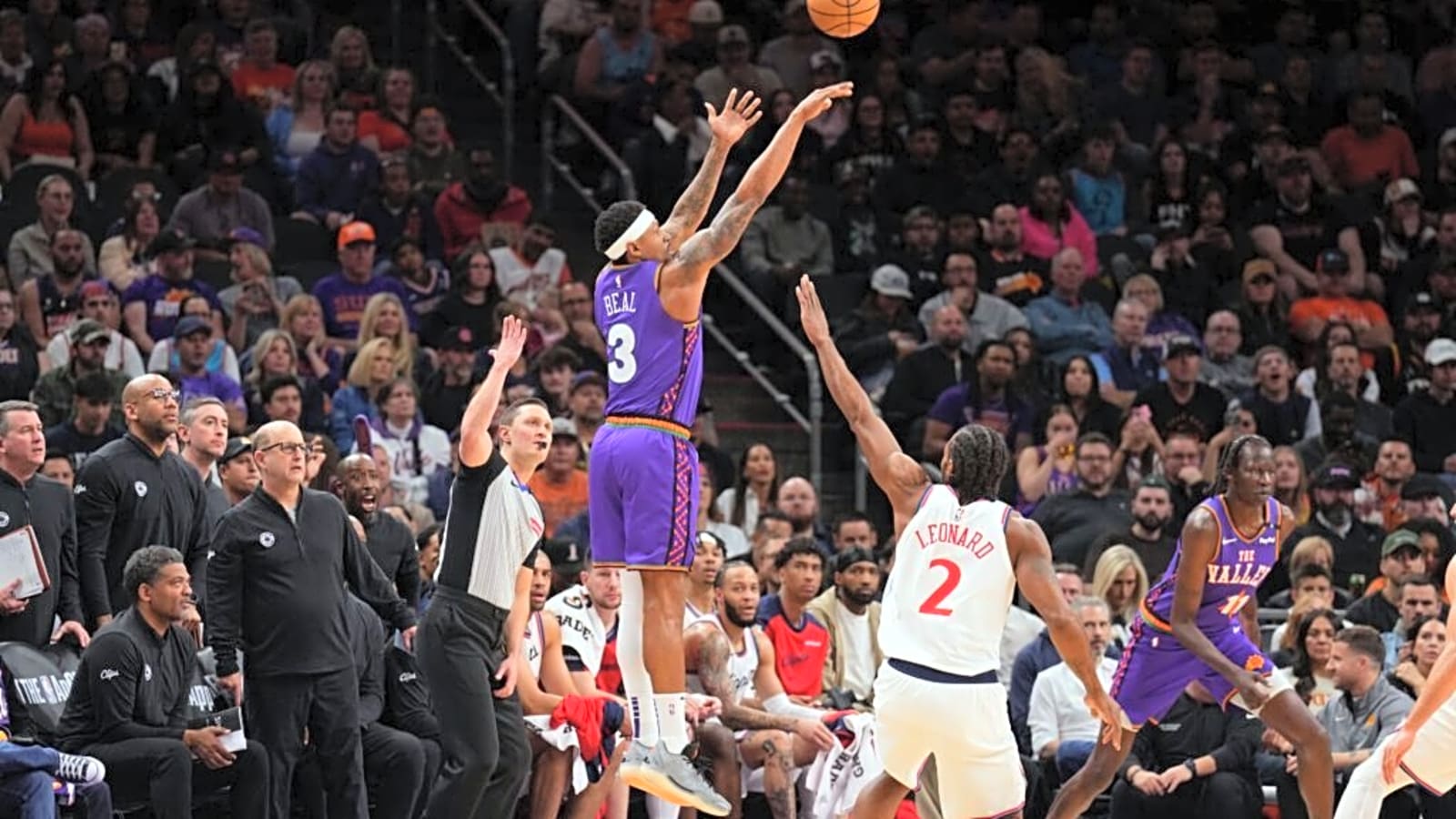
The Los Angeles Clippers entered the 2025 NBA offseason quite sure that they would be retaining their All-Star duo of James Harden and Kawhi Leonard. Though both players have had better days, they’re still among the NBA elites. Ivica Zubac, who earned his first career All-Defensive team selection in 2024-25, was another player that cemented himself in their core.
The future of Norman Powell wasn’t nearly as clear.
Do Clippers Offseason Moves Make Them Team To Beat?
On the one hand, Powell’s been a highly useful two-way player for a number of years. In fact, he was coming off an All-Star-worthy season, averaging 21.8 points per game on 41.2 percent shooting from 3. On the other hand, he took a sizable step back in the subsequent postseason, averaging 16.0 points per game on 35.0 percent shooting from 3. Add to that that was approaching free agency in 2026.
Ultimately, Beal was arguably more valuable to the Clippers as a trade piece than cornerstone. On July 7, L.A. proved that by sending him to the Miami Heat in a three-team deal. In that transaction, the Clippers received high-flying hybrid big man John Collins from the Utah Jazz.
In and of itself, swapping Powell for Collins didn’t seem to be in Los Angeles’s best interest.
For starters, Collins has never been the best perimeter defender. Even with Powell increased scoring workload leading to a dip in his defensive efficacy, he’s more capable than Collins. Offensively, though Collins is certainly a respectable floor-spacer, Powell is a more efficient and prolific perimeter shooter. Over the past six seasons, he’s even scored more, averaging 17.5 points per game to Collins’s 16.6 points per game.
What John Collins Brings To L.A.
The biggest benefit of adding Collins from a skill standpoint would be his rebounding and interior scoring.
In fact, he could complement Brook Lopez –who the Clippers agreed to sign back in June–quite well in the second unit. Neither are particularly nimble when guarding out in space. Still, Lopez’s shot-blocking ability and Collins’s length could allow them to work well as a pair. At the other end, Lopez is more concerned about catapulting 3s while Collins prefers to get his around the rim. In terms of rebounding, Lopez doesn’t utilize his size well but Collins is aggressive when crashing the boards.
With that being said, as a career 36.3 percent 3-point shooter, he can also complement Zubac in the frontcourt. That’s not to mention the fact that he’s a more versatile scorer than Derrick Jones Jr., a 3-and-D forward and lob threat. There may even be times when he’s the only true big man on the court, as he’s more a lithe athlete than Lopez or Zubac.
Thus, a head-to-head comparison between Collins and Powell does leave questions. Yet, the simple answer for why they added Collins is he gives them more options.
The Bradley Beal Experiment
While the Clippers were able to shore up their frontcourt with the additions of Collins and Lopez, Powell’s real replacement is none other than Bradley Beal.
On Wednesday, the three-time All-Star agreed to sign with L.A. after reaching a buyout agreement with the Phoenix Suns, ending an exhausting saga. So, unable to mesh with Devin Booker and Kevin Durant, he’ll now try to make it work with Harden and Leonard. It’s a move that obviously doesn’t come without risk for the Clippers.
Beal’s time in Phoenix ended unceremoniously, to be clear. The big storyline is that he had been moved to the bench. However, he hasn’t often looked like an All-Star since leaving the Washington Wizards in 2023.
Frankly, if it does work out for Los Angeles, it’ll probably be because the now 32-year-old is being empowered to play to his strengths. With that in mind, it’s clear that Beal shouldn’t be asked to be the full-time table-setter or sit too far in the backseat. While he’ll naturally play third fiddle to Harden and Leonard, he should have the ball in his hands plenty. Extra emphasis should be placed on getting Beal to the free-throw line.
He may not score much more than he did with the Suns (17.6 points per game). Nevertheless, if he can get his numbers in between those averages and those that he posted in his final two seasons with the Wizards (23.2 points per game), it should be a more peaceful situation than the one he had in Phoenix.
Future NBA Champions?
With their changes, the Clippers are arguably even more formidable than last season.
Despite the supposed death of the Big 3 Model, L.A. now has one with Harden, Leonard and Beal. Their frontcourt certainly has better size and more firepower than last season thanks to Lopez and Collins. Presumably, Jones will remain in the starting lineup as they could use a low-usage and defensive-minded player on the perimeter.
With that being said, their backcourt’s point-of-attack defense will be more vulnerable than it was last season. Beal is essentially Powell’s replacement, giving them a more dynamic scorer. However, it was actually defensive-stopper Kris Dunn starting alongside Harden at shooting guard, while Powell played small forward. In 2025-26, Beal is projected to start at shooting guard, while Dunn will come off the bench behind Harden. Leonard and Jones Jr., switchable defenders but at their best guarding their own positions, will occupy the forward slots.
Looking around the league, few teams are poised to be as strong as the Clippers. Nonetheless, they should face stiff competition from Western teams like the Oklahoma City Thunder, Los Angeles Lakers, and Denver Nuggets. In the East, teams like the Cleveland Cavaliers and Atlanta Hawks can enter matchups with L.A. feeling like they’re on even footing as well.
More must-reads:
- Clippers, Suns accomplish offseason goals with Bradley Beal buyout, signing
- LeBron James' agent warns NBA media about his retirement
- The 'Most points in a game by NBA team in 2024-25' quiz
Breaking News
Trending News
Customize Your Newsletter
 +
+
Get the latest news and rumors, customized to your favorite sports and teams. Emailed daily. Always free!
